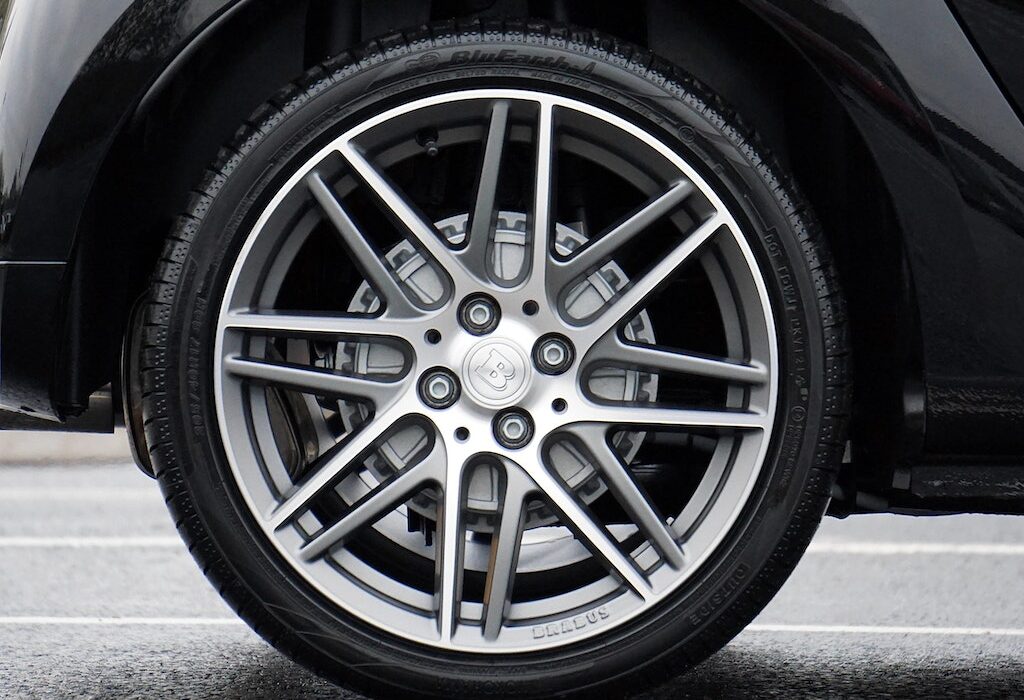Finding the right tires for your vehicle can be challenging, given the numerous options available in the market. With so many brands, sizes, and types, it’s easy to feel unsure where to start. This guide will help you decide which tire to buy. If you’re already familiar with tires and want some recommendations, we’ve got you covered with our top picks in each category.
All-Season Tires
– Michelin Pilot Sport 3+
– Vredestein Quatrac Pro
– Goodyear Eagle F1
Most vehicles have all-season tires that perform well in different weather conditions, including snow. However, winter or snow tires are recommended for better traction on snowy roads. High-performance all-season tires offer sportier handling, but less winter traction, while grand touring all-season tires prioritize a better ride over handling. All-weather tires are a new subset of grand touring all-season tires, offering nearly comparable snow traction to winter tires and performance similar to regular all-season tires.
Summer Tires
– Pirelli PZero PZ4
– Continental ExtremeContact Sport
– Goodyear Eagle F1 Supercar 3
Summer tires are designed for dry and wet weather traction in moderate or warm weather conditions. They provide improved steering response, cornering traction, and shorter stopping distances. However, they are only suitable for temperatures of about 40 degrees Fahrenheit and above and can become skittish and inconsistent in colder weather. This can lead to accidents for those unaware of their temperature sensitivity.
Winter Tires
– Continental Viking Contact 7
– Bridgestone Bridgestone Blizzak WS90
– Michelin Pilot Alpin PA4
Winter tires offer the highest level of traction in slippery winter conditions, surpassing all-season and summer tires. Although winter tires are not suitable for year-round use due to their wear and handling, they’re worth considering as a second set of tires if you live in areas with annual snowfall. Swapping to winter tires can significantly improve traction and safety. Some retailers offer sets mounted on steel wheels for easy swapping.
Other Factors to Consider
When replacing worn tires, many consumers opt for a size and capability equivalent to their original tires to maintain their vehicle’s performance and safety. To make an informed decision, you must know your tire size, speed rating, and tread wear. This information is printed on the sidewalls of your current tires and can also be found in owner’s manuals, online, and at tire dealers.
– Tire size
To find the right replacement tires for your vehicle, you need to know the correct size, which is a series of numbers and letters, such as 245/40-R18. The first number is the tire’s width, the number after the slash is the sidewall height, and the last number is the wheel diameter. All modern tires are radial, indicated by the letter “R.” You can find this information on your current tires, in your owner’s manual, online, or from a tire dealer.
– Speed rating
Tires have a speed rating that tells you how fast they can go safely. High-performance cars need tires with a higher speed rating than family cars. Your car’s original tires were matched to its top speed, plus a safety margin. The speed rating is shown as a letter after the tire size, ranging from L to Y and covering speeds from 75 to over 186 mph.
– Tread-wear info
Estimate tire lifespan by looking at the tread-wear rating and mileage warranty. A higher tread-wear rating means longer tire life, but it’s not always accurate. Tread-life warranties from manufacturers are a better way to compare expected tire longevity and can be found online or in their marketing materials. Typically, three-quarters of drivers meet the mileage listed in the warranty. If not, you can get a credit for the percentage of miles you missed and use it to buy a new tire. Tire dealers can handle this transaction.



